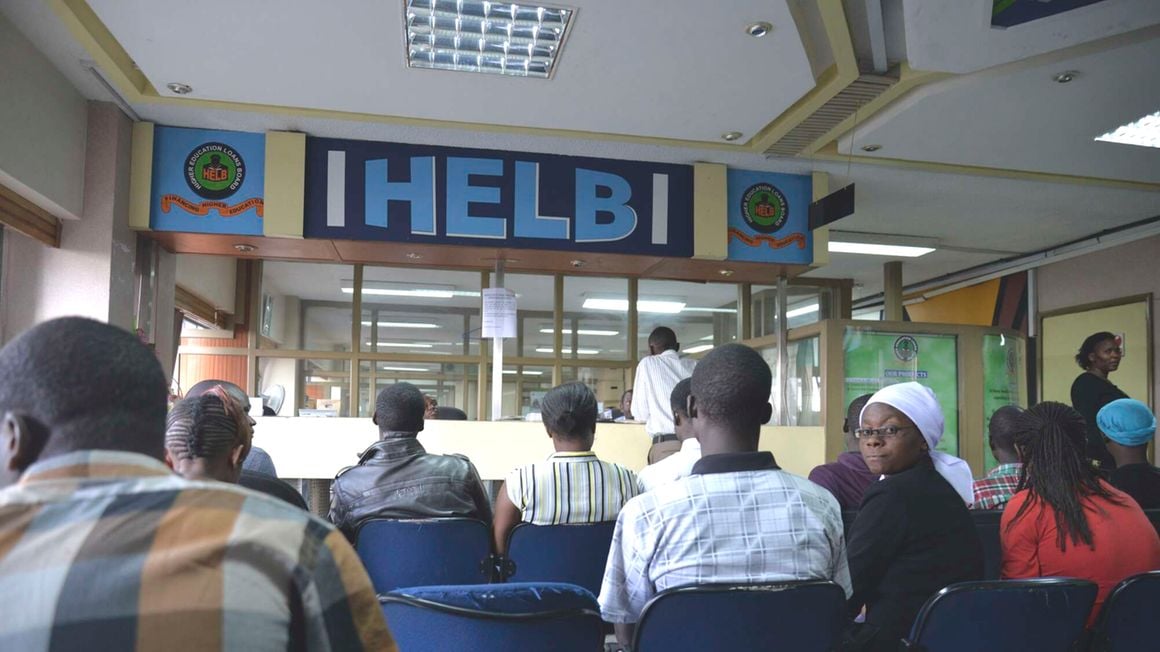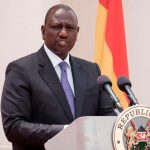The number of Kenyan students in universities within the East African Community receiving funding from Higher Education Loans Board (Helb) has dropped to less than 100, highlighting the struggles of learners outside the country.
This is a big drop from 15,000 some six years ago. The higher education sector has expanded drastically over the decade to boast 78 universities — from 33 in 2012 and 68 in 2017 — alongside 191 technical and vocational education and training (TVET) institutions.
More institutions mean the students have a wider variety to select from locally and at affordable rates, eradicating the need for seeking opportunities across borders.
“There has been a declining number of Kenyan students enrolling in EAC universities. We used to have about 15,000 students round 2017, with Kampala International University having the largest population, but today there are hardly 100 students regionally,” says Helb chief executive Charles Ringera.
Read: BOSS TALK: Helb CEO on new student funding model
Kenya has 39 public universities, more than 30 private ones and university constituent colleges, making it one of the largest higher education systems in Africa.
The number of Kenyan students in universities within the East African Community receiving funding from Higher Education Loans Board (Helb) has dropped to less than 100, highlighting the struggles of learners outside the country.
This is a big drop from 15,000 some six years ago. The higher education sector has expanded drastically over the decade to boast 78 universities — from 33 in 2012 and 68 in 2017 — alongside 191 technical and vocational education and training (TVET) institutions.
More institutions mean the students have a wider variety to select from locally and at affordable rates, eradicating the need for seeking opportunities across borders.
“There has been a declining number of Kenyan students enrolling in EAC universities. We used to have about 15,000 students round 2017, with Kampala International University having the largest population, but today there are hardly 100 students regionally,” says Helb chief executive Charles Ringera.
Kenya has 39 public universities, more than 30 private ones and university constituent colleges, making it one of the largest higher education systems in Africa.
Kenyan students opting to enroll in universities across the region are funded under the East African Community protocol that was agreed on in 2010. Such students have been treated as those in private universities.
As more students opt to enroll at local universities and TVETs, the institutions have revamped their courses to address the market gaps and lower fees to attract applicants.




